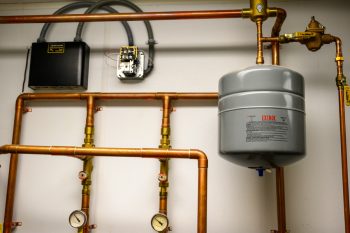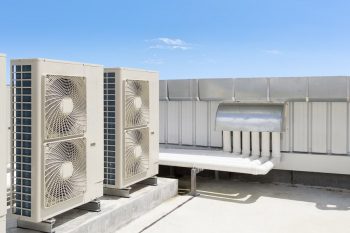
A ceiling fan that changes speed independently tells you something is wrong. Jumping on the issue, finding the root cause, and resolving it before it worsens should reduce the risk of expensive repairs and possible replacements.
So if you’re wondering why your ceiling fan speeds up and slows down on its own, here are some possible explanations.
- Improper blade balancing can cause inconsistencies in fan speed.
- When the fan isn’t properly lubricated, friction can slow its movement at certain points.
- Electrical and wiring problems can cause power surges that speed up the fan.
- In older ceiling fans, motor failure may result in jerky movements and changing fan speeds.
It’s not normal for your ceiling fan to make speed adjustments without your intervention. If you’ve picked up on the malfunction earlier on, you can prevent possible damage from worsening by considering these possible causes.
Why Your Ceiling Fan Speeds Up and Slows Down
1. Blade Balance
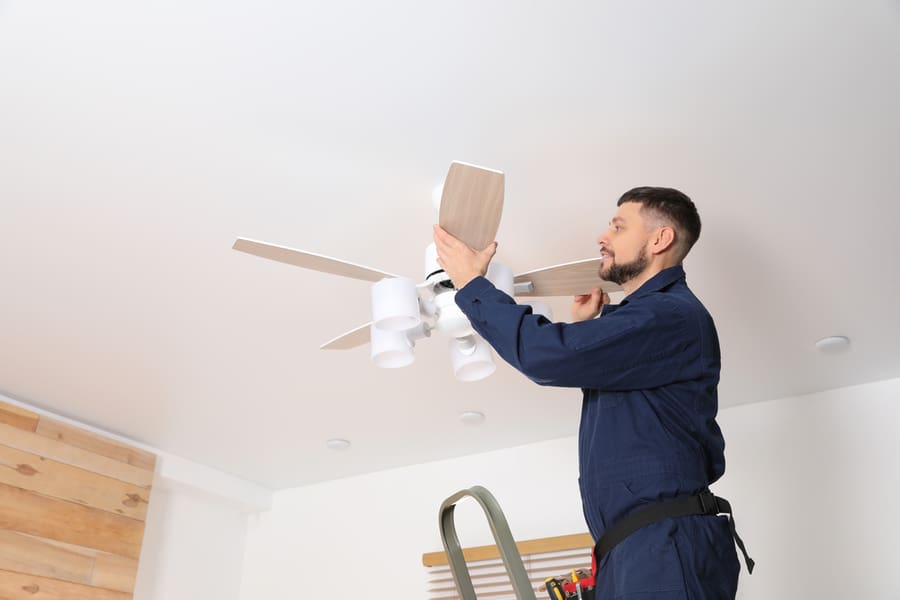
Ceiling fan blades are delicate and sensitive to imbalance and asymmetry. When bent or weighed down, they could affect the movement of the whole assembly.
As airflow becomes inefficient, the blades may slow down at a certain point in the cycle. They then speed up as they compensate, but the cycle repeats until the blades are balanced.
Turn off your fan and check whether the blades are properly aligned. You might also want to take this opportunity to clean the blades since dirt and dust accumulating on the assembly could cause imbalance.
2. Insufficient Lubrication

Ceiling fans and fans, in general, require routine lubrication. The same applies to any appliance that has moving parts. Over time, parts can rub against one another, causing friction and damage.
With ceiling fans in particular, a lack of lubrication can force components to scrape against each other at a point through the rotation.
The problem can slow down the blades at one point, after which they may speed up again, only to slow back down once it reaches the point of friction.
Adding lubricant can help reduce friction, allowing the movement to proceed smoothly and facilitating consistent fan speed.
3. Electrical and Wiring Issues
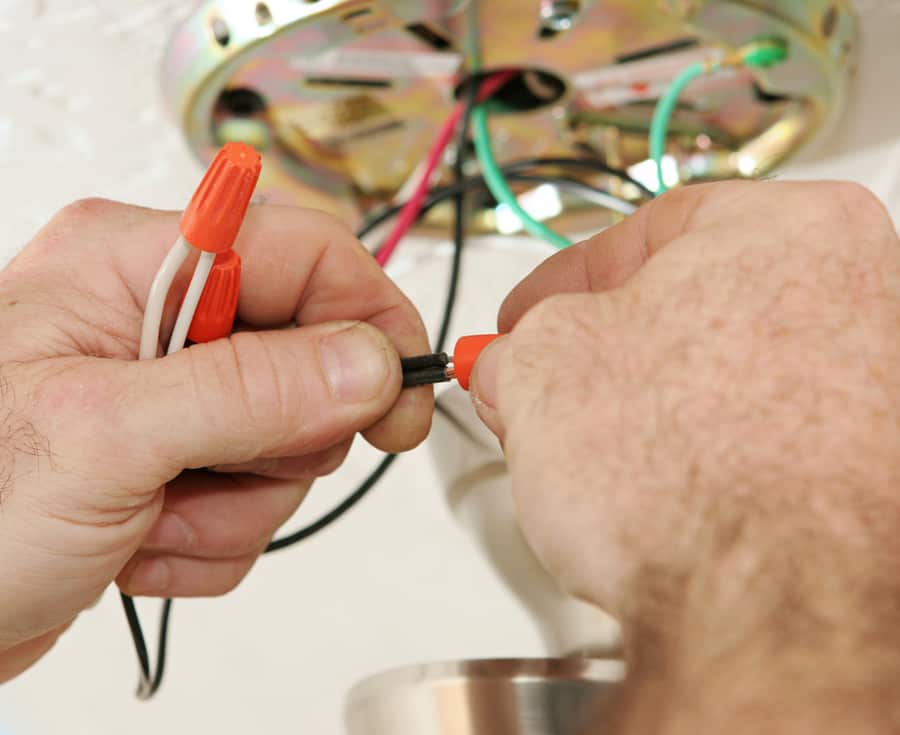
A more serious issue that may result in inconsistent ceiling fan speed relates to electrical and wiring factors.
A current surge can supply excess power to your fan, forcing it to go faster as it uses up the surge. The fan steadies and slows to its original speed setting when the surge dies.
Other electrical issues can involve the fan’s capacitor, which stores and regulates energy. Without the function of this important part, the fan becomes prone to inconsistent power intake.
Unfortunately, the only solution to electrical and wiring issues would be to call a professional.
There’s a risk of causing further damage if you attempt to repair wiring on your own, especially if you don’t have previous experience. However, calling an electrician can guarantee the safe resolution of your ceiling fan’s problem.
4. Failing Motor
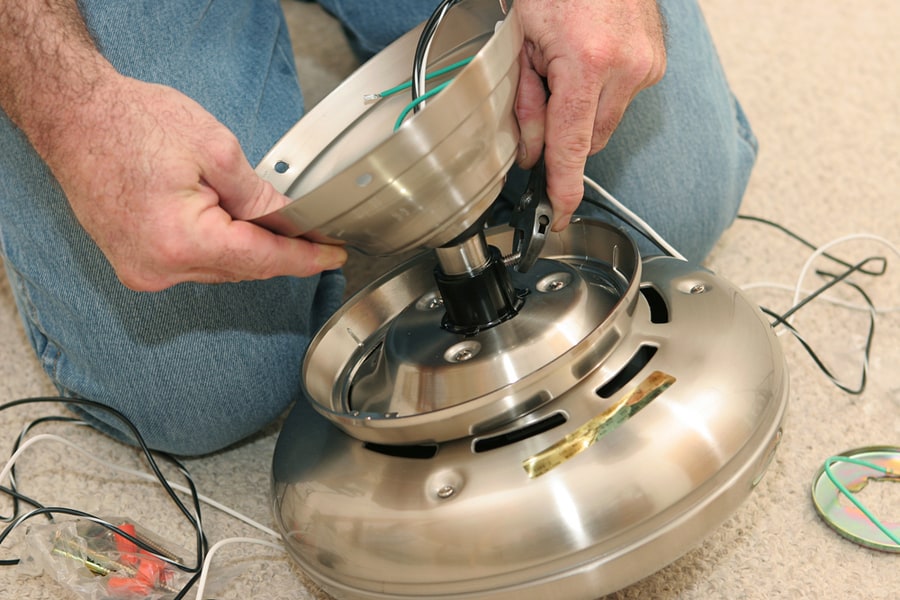
The ceiling fan motor converts electrical energy to mechanical energy and is ultimately responsible for moving your fan blades. Although designed to withstand constant use, a ceiling fan’s motor has limits.
After several years of use, this component can show signs of wear and tear, and inconsistent speed is one of them.
But other telltale signs can help you identify if the motor is the problem, and these include the following:
- Strange noises during the operation.
- Jerky fan movements.
- A strange burnt smell emanated from the fan.
If you suspect your motor is the culprit, replacing the ceiling fan is ideal. But unfortunately, while you can replace just the motor, replacement parts are often hard to come by.
Conclusion
There’s a perfectly sound explanation for why your ceiling fan changes speed independently. While some of the possible reasons require nothing more than some cleaning or lubrication, more serious problems might require the help of a professional.
Assess your fan and resolve the malfunction immediately to prevent further problems.
Frequently Asked Questions
How Long Does a Ceiling Fan Last?
Most manufacturers place a 10-year warranty on the motor, assuring you that any damages during this period may result from manufacturing defects.
Beyond, however, wear and tear-related issues become normal and will no longer be covered by the manufacturer. Depending on your use, however, you may be able to extend your ceiling fan’s lifespan by up to 5 years.
What Lubricant Should You Use on a Ceiling Fan?
Non-detergent electric motor oil is the recommended oil for lubricating your ceiling fan.



